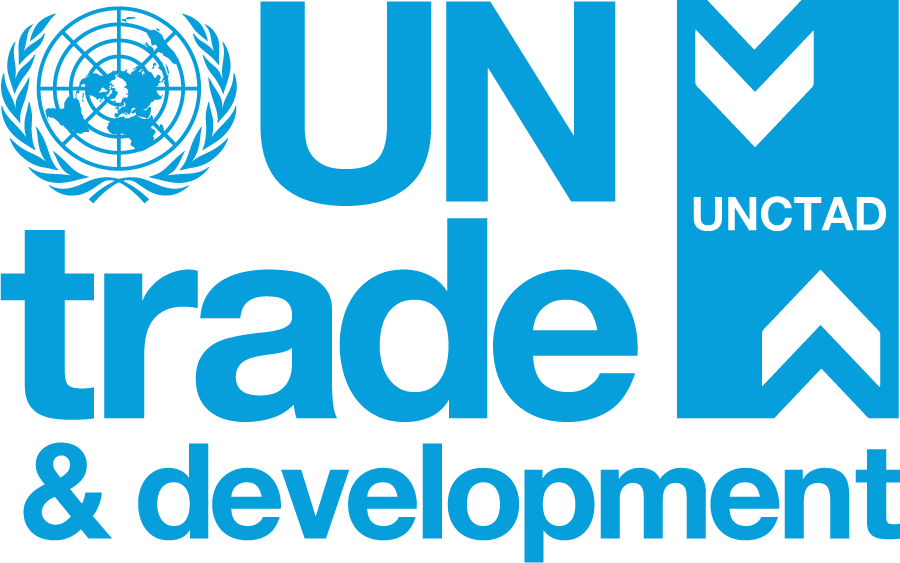Foreign direct investment (FDI) flows to Africa in 1998 declined by almost 12 percent to US$8.3 billion, compared with US$9.4 billion in 1997. The reduction was largely accounted for by a decrease in flows to South Africa due to the slowing down of its privatization programme.
However, the underlying trend for the continent remains good. Inflows into African countries other than South Africa increased for the fourth consecutive year, reaching the record level of almost US$8 billion, more than double the US$3.5 billion achieved in 1993.
What emerges most strikingly from the data is the sustained increase that has taken place in FDI to Africa since 1993. The average of US$7.02 billion over the past five years is 250 percent higher than the US$2.85 billion recorded in the period 1990-1993 inclusive.
Africa’s share in total FDI inflows to developing countries remains minimal. But grounds for optimism exist, notably the gradual diversification of FDI beyond the traditional primary commodity sectors, into manufacturing and services.
In Egypt, the second largest recipient in Africa, a significant increase in FDI inflows last year was recorded in manufacturing (which accounted for half of total flows); in Ethiopia and Mozambique, a large share of FDI flows went into manufacturing and services industries.
Despite the overall small volumes, FDI plays an important role in capital formation in many African countries. As a percentage of domestic investment, the ratio for Africa as a whole (8.2 per cent in 1997) is above the world average (7.7 per cent).


